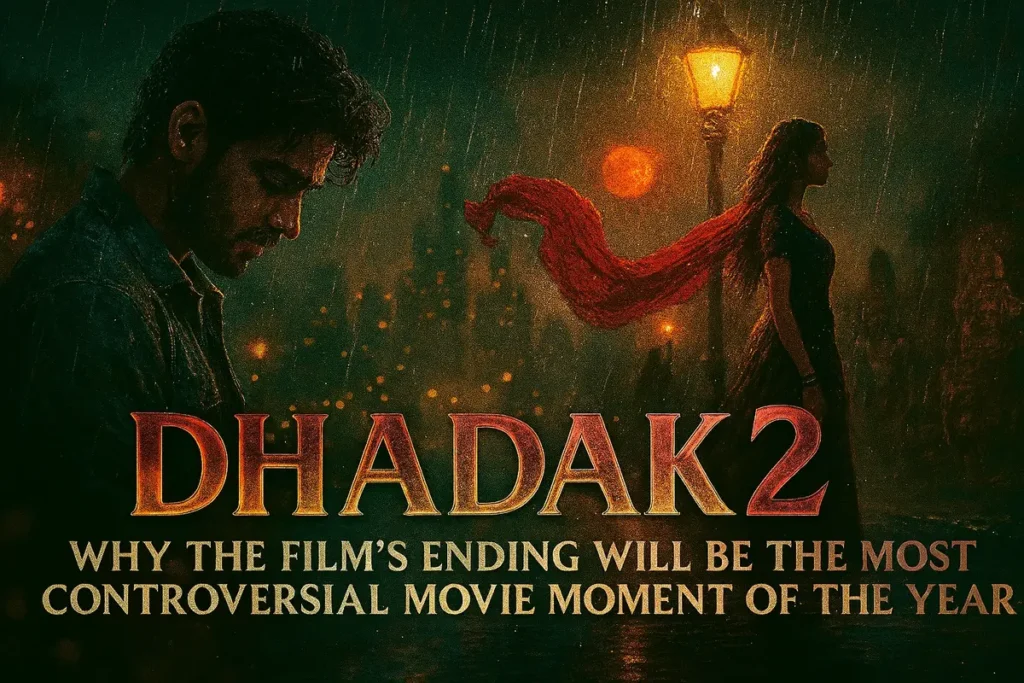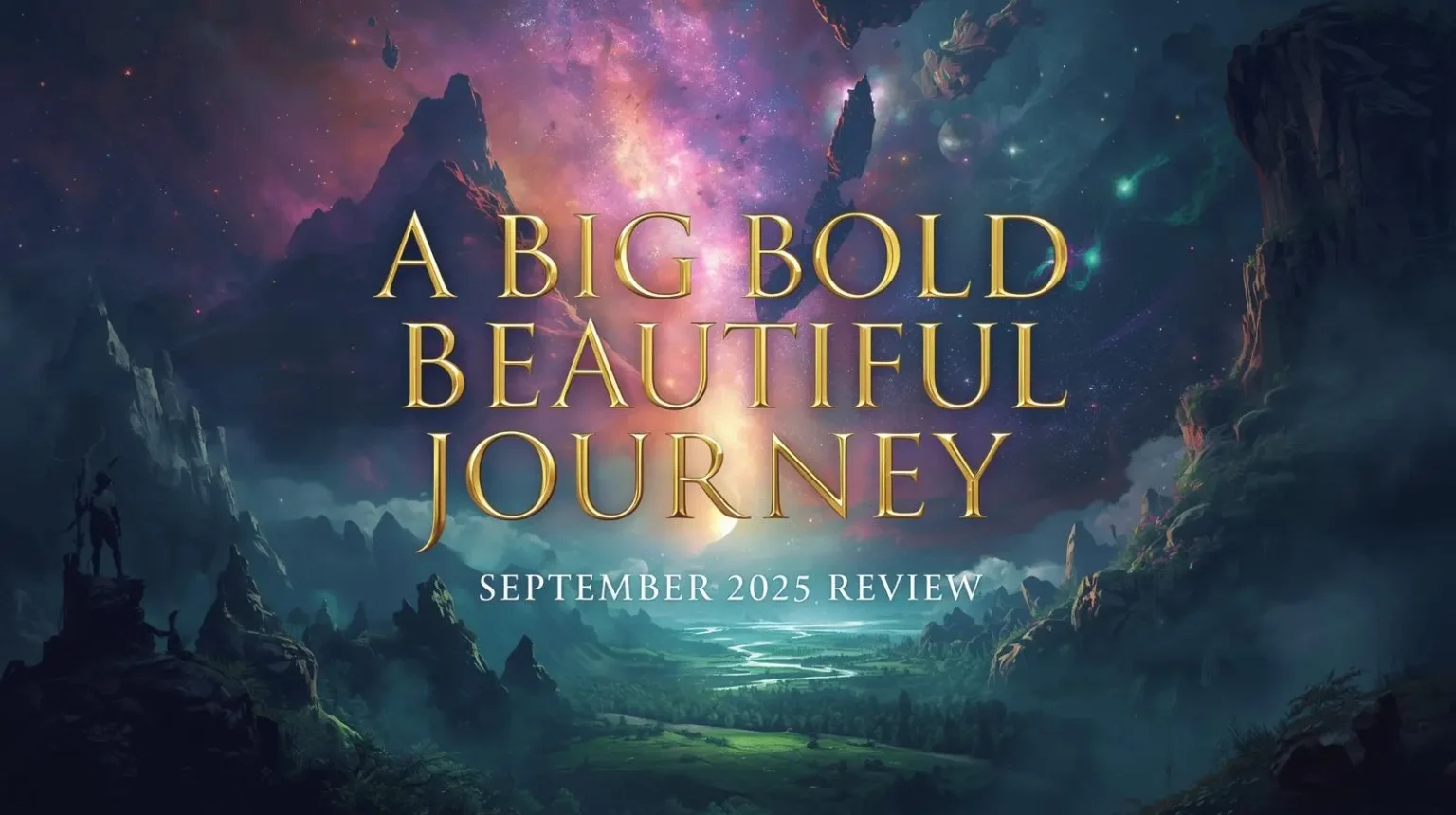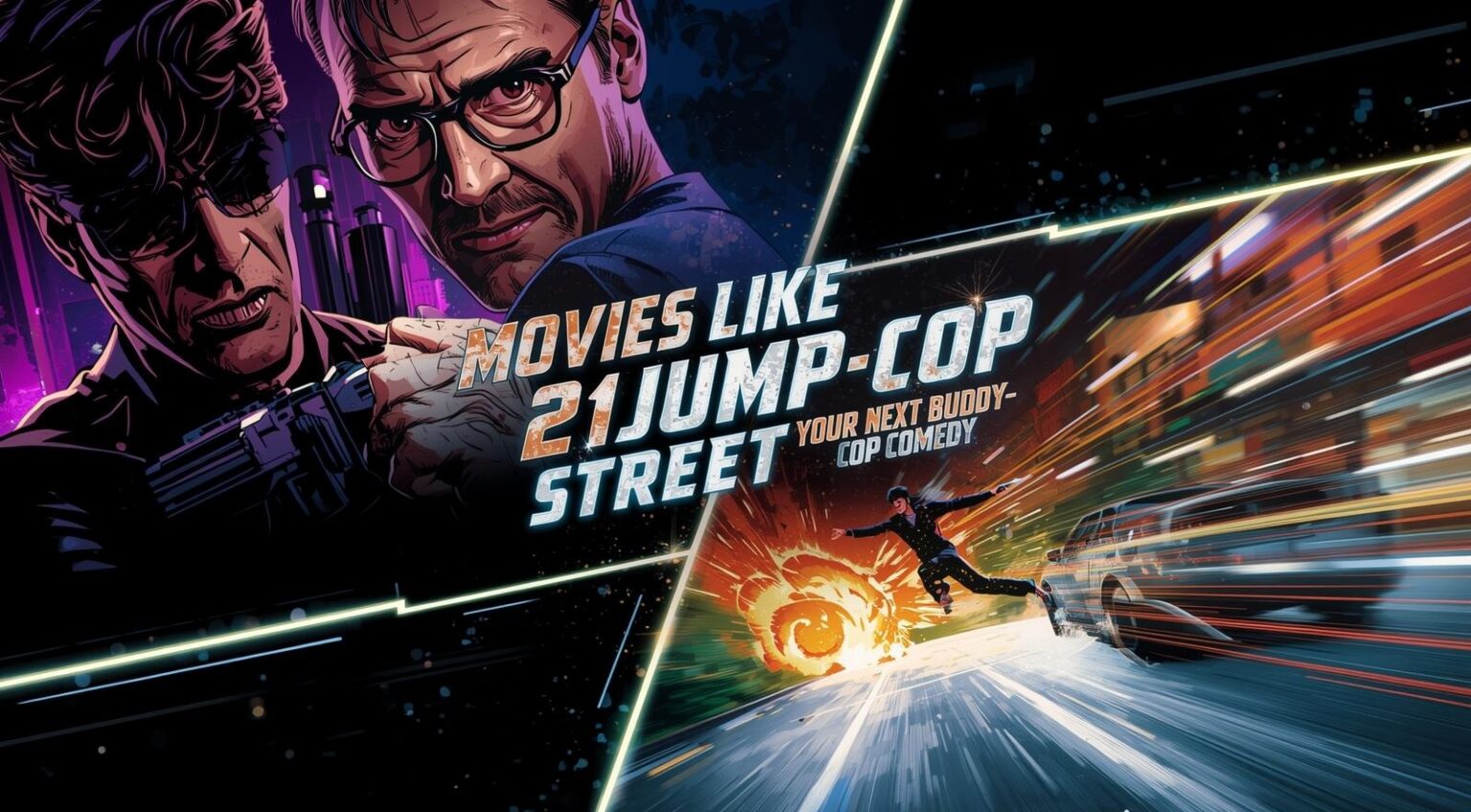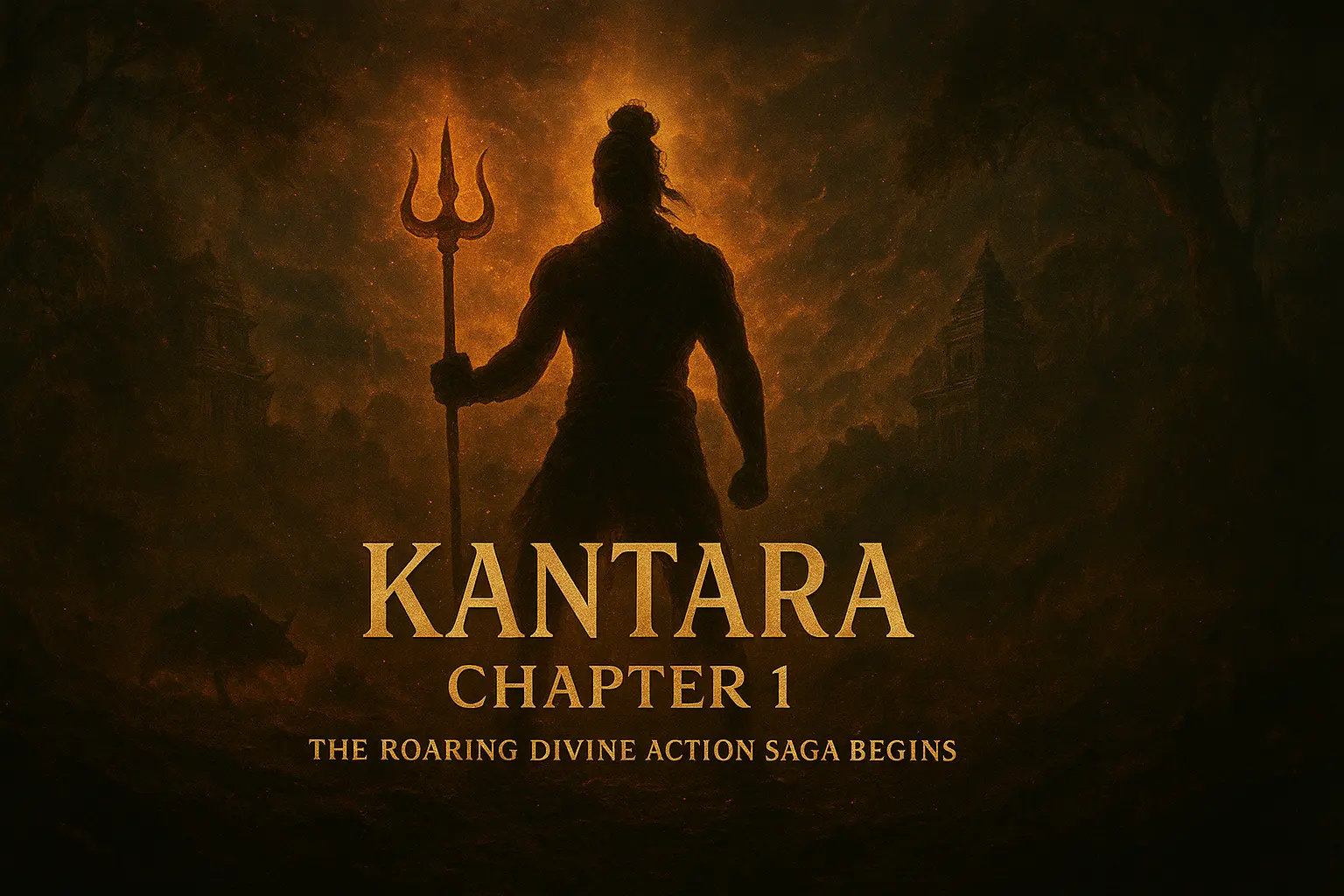
Introduction
When Dhadak 2 was released on August 1, 2025, the buzz was centered on the fresh pairing of Siddhant Chaturvedi and Triptii Dimri. Produced by Dharma Productions, the film delivered a passionate, intense love story. However, as a social tragedy, it also delivered a harsh commentary on reality. As a result, its ending ignited a fierce debate and became the most talked-about and controversial movie moment of the year.
The Unspoken Rule of Social Tragedies
When Dhadak 2 was released on August 1, 2025, the buzz was centered on the fresh pairing of Siddhant Chaturvedi and Triptii Dimri. Produced by Dharma Productions, the film delivered a passionate, intense love story. However, as a social tragedy, it also delivered a harsh commentary on reality. As a result, its ending ignited a fierce debate and became the most talked-about and controversial movie moment of the year.
The film concluded not with a union, but with a bleak, heartbreaking tragedy—and while it angered many, the choice was absolutely necessary.
(Editor’s Note: This article has been updated post-release to analyze the film’s actual impact and the resulting controversy.)
The Unspoken Rule of Social Tragedies
First, we need to understand what a “social tragedy” is in the context of Indian cinema. Unlike a standard romantic drama, a social tragedy uses a love story to confront an ugly truth within society. In the case of Dhadak 2, the official synopsis made it clear that the film would tackle the brutal reality of caste-based discrimination, and it delivered on that promise. Films in this genre, like its spiritual predecessor Sairat, don’t offer easy solutions because, in reality, there often are none.
Predicting the Inevitable: A Bleak Conclusion
For anyone familiar with the genre, the film’s bleak conclusion felt inevitable from the start. The story followed a young couple from different rungs of the social ladder whose love was seen as a transgression. They faced opposition, eloped, and dreamt of a life where their love was enough. But the core message of a social tragedy is that love, unfortunately, does not conquer all when pitted against centuries of ingrained prejudice. The film stayed true to this, shattering their idyllic dream in a climax that resulted in their tragic demise at the hands of their families or society. There was no last-minute rescue, no change of heart from the parents. There was only the cold, hard finality of their love story being erased.
Why This Ending Was So Controversial
Mainstream Bollywood audiences are conditioned to expect catharsis and resolution. The bleak, unresolved ending where the protagonists were brutally defeated felt like a punch to the gut. As expected, it sparked outrage and debate across social media, with viewers posting comments like:
- Why couldn’t they just have a happy ending?
- What’s the point of showing something so depressing?
- This is not entertainment.
This reaction is precisely what made the ending so potent. The controversy stemmed from the film refusing to provide an escape.
The Necessity of a Tragic Climax
An easy, happy ending would have betrayed the film’s entire purpose. It would have sent a false, dangerously naive message that deep-seated issues like casteism can be solved by the power of love alone. It would have allowed the audience to leave the theater feeling comfortable and complacent. A tragic ending, however, forced a confrontation. It held a mirror up to society and said, “This is the reality. This is what happens.” It was designed to make you uncomfortable, angry, and to make you think. Its purpose was not to entertain in the traditional sense, but to provoke a conversation about a social evil that continues to claim real lives.
Learning from 'Sairat' and 'Dhadak'
Nagraj Manjule’s Sairat was a blockbuster precisely because of its shocking, brutal ending. The Hindi remake, Dhadak (2018), attempted to replicate this but softened the blow slightly. For Dhadak 2 to truly make its mark, it needed to be even more unflinching, and it succeeded in doing so.
A Defining Moment for 2025
The creative team behind Dhadak 2 had a choice: deliver a commercially safe, feel-good romance, or create a searing piece of social commentary. They chose the latter, and the film’s brave ending will be remembered as a defining cinematic moment of 2025.
The Aftermath
When the credits rolled on Dhadak 2, the audience reaction in theaters was just as predicted: stunned silence, followed by heated debates. The ending proved to be controversial, divisive, and deeply upsetting. And that is exactly why it was the most important cinematic moment of the year—a necessary tragedy that India needed to see.
Now it’s your turn. What did you think of the ending of Dhadak 2? Do you agree that the tragic climax was necessary, or were you hoping for a happy one? Share your thoughts in the comments below!




